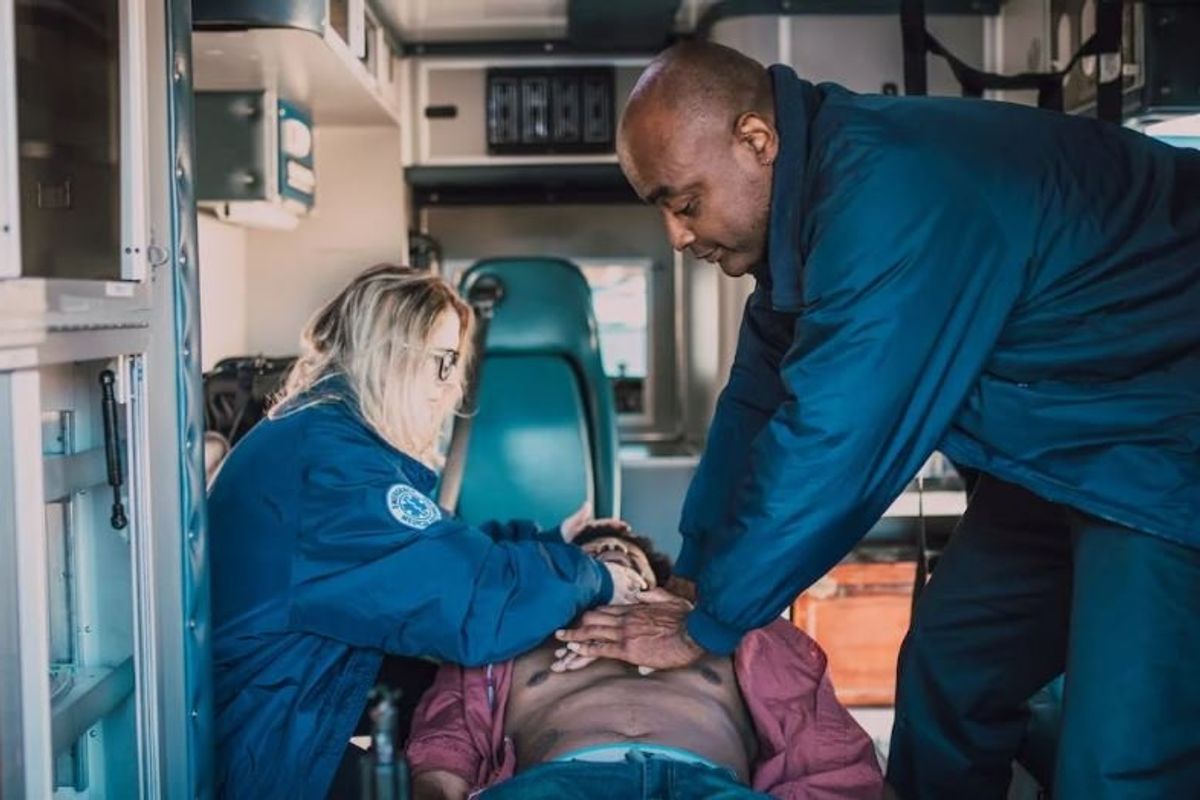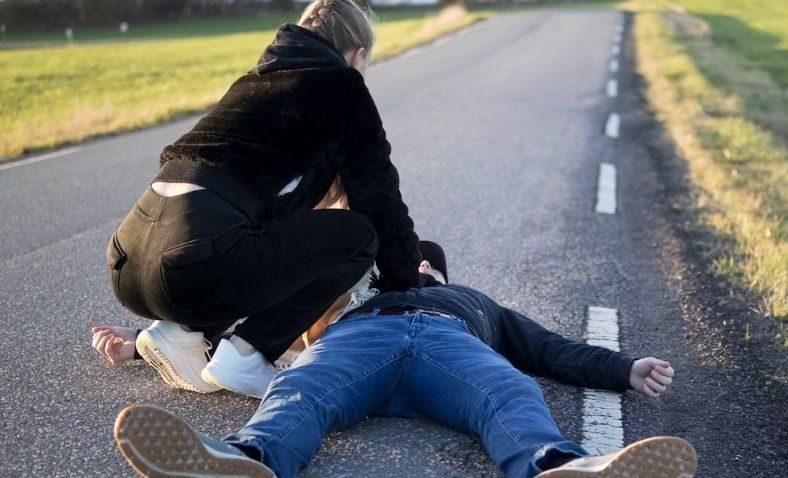There's been a surge in heart attacks among younger people. Here's the real reason why.
What is happening?

A young man suffering a heart attack is adminstered CPR.
The surge in heart attacks affecting young people rose to the top of the headlines again on Tuesday, July 25, when Bronny James, the 18-year-old son of NBA superstar LeBron James, suffered cardiac arrest while practicing with his college team, the University of Southern California.
He was taken to the hospital, and a family spokesperson says he is now in stable condition.
Since the COVID-19 pandemic began, heart attack deaths have become more common in the United States, and the largest increase has been among younger people. According to a September 2022 study by Cedars Sinai Hospital, heart attack deaths among those aged 25 to 44 rose 29.9% over the first two years of the pandemic.
The same study showed that over the first two years of the pandemic, adults between 45 and 64 years old saw a 19.6% relative increase in heart attack deaths, and those 65 and older saw a 13.7% relative increase.

Heart attacks are on the rise and the COVID-19 virus is the likely culprit.
via Testen/Unsplash
“Young people are obviously not really supposed to die of a heart attack. They’re not really supposed to have heart attacks at all,” Dr. Susan Cheng, a cardiologist at Cedars Sinai and co-author of the study, told Today.com.
Cheng attributes the rise in heart attack mortality to the COVID-19 virus.
"It appears to be able to increase the stickiness of the blood and increase…the likelihood of blood clot formation," Cheng said. "It seems to stir up inflammation in the blood vessels. It seems to also cause in some people an overwhelming stress—whether it’s related directly to the infection or situations around the infection—that can also cause a spike in blood pressure."
A study by the U.S. Department of Veterans Affairs (VA) from 2022 backs up Cheng’s claim. It states that people who had COVID-19 face increased risks for 20 cardiovascular conditions, including heart attacks and strokes.
In addition, the American Heart Association says that people can suffer from heart problems many months after a COVID-19 infection.
"More recently, there is recognition that even some of those COVID-19 patients not hospitalized are experiencing cardiac injury. This raises concerns that there may be individuals who get through the initial infection, but are left with cardiovascular damage and complications," Chief of the Division of Cardiology at UCLA Dr. Gregg Fonarow said. "The late consequences of that could be an increase in heart failure.”
After the James incident, many on social media, including Elon Musk, declared that the COVID-19 vaccine may cause a rise in heart attacks among younger people.
The tweet was accompanied by a fact check which was soon deleted.
We cannot ascribe everything to the vaccine, but, by the same token, we cannot ascribe nothing.
— Elon Musk (@elonmusk) July 25, 2023
Myocarditis is a known side-effect. The only question is whether it is rare or common.
"Studies show that the risk of myocarditis is significantly higher after an actual Covid infection than with the vaccine. Among adolescent boys, the risk of myocarditis following a Covid infection was approximately twice that of the risk following the second vaccine dose,” the fact check read. It also cited two articles by CBS News and Yale Medicine.
The lingering heart conditions caused by a COVID-19 infection are a reminder that although the number of COVID-19 infections and deaths has significantly decreased over the past year, the effects of the pandemic are far from over.

